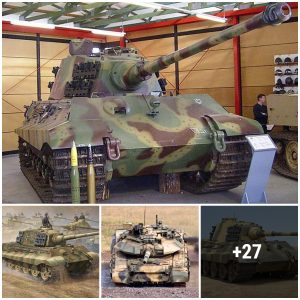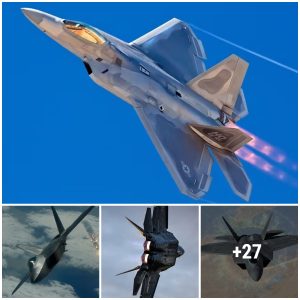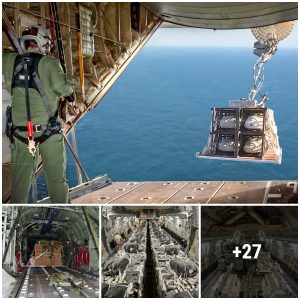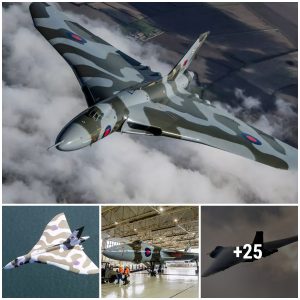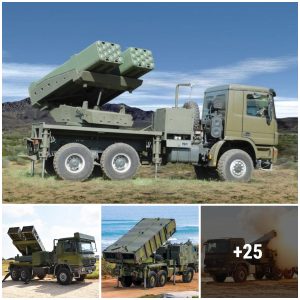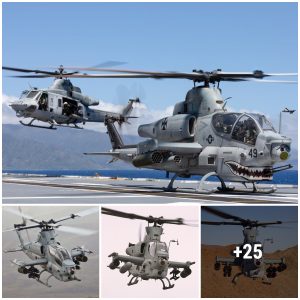Some time later this year, the lead ship in a new class of U.S. nuclear-powered aircraft carriers will commence its first deployment. The USS Gerald R. Ford, named for the nation’s 38th president, heralds a sea change in American naval power—the first clean-sheet design of a carrier since the USS Nimitz was commissioned in 1975.
Large-deck, nuclear-powered aircraft carriers aren’t just the biggest warships ever built, they are the signature expression of U.S. military might. With a crew of 4,500 personnel and a steadily evolving air wing of 75 or more high-performance aircraft, the ten Ford-class carriers are expected to be the centerpiece of America’s maritime force structure through the year 2105.
It is hard to overstate how fearsome the Ford class will be as a tool of U.S. strategy. The carriers will be capable of generating 160 aircraft sorties per day during peacetime operations, and up to 270 in wartime. Each of the strike fighters in the carrier air wing will be able to precisely destroy multiple targets in a single flight. And because their base at sea is mobile—able to move over 700 miles in a single day—the fighters will be more flexible and resilient than any land-based aircraft.
The Ford class incorporates two dozen major technologies not available when the Nimitz class was conceived, everything from an electromagnetic aircraft launch system to a dual-band radar to a super-efficient pair of nuclear reactors that can generate twice as much electricity as the vessel currently needs to accommodate future warfighting innovations (like high-power lasers).

And thanks to a combination of new technology and redesigned interior spaces, each Ford-class carrier will be able to deliver big gains in performance with 600 fewer crew members than typically populate a Nimitz. The Navy figures that each Ford-class carrier will save the service $4 billion in life-cycle costs compared with a Nimitz-class vessel.
Not that the Nimitz class is going away anytime soon. The last Nimitz-class aircraft carrier will not retire until 2058, underscoring the extraordinary longevity of large-deck, nuclear-powered carriers. The Navy believes that due to continuous improvements of their sturdy designs, both the Nimitz and Ford classes are more survivable today than at any time since carriers first saw action in World War Two.
No other nation possesses such warships, and that is before even taking into account the unsurpassed skill and discipline of U.S. carrier crews. When combined with the surface combatants in a carrier strike group, both the Nimitz and Ford classes provide overwhelming force across an array of missions, from forward presence to deterrence to power projection to maritime security.
However, there is an ongoing discussion about how best to acquire the carriers in the Ford class as the oldest Nimitz vessels approach retirement. Because there is no other ship that remotely resembles the features of a large-deck, nuclear-powered aircraft carrier, even in America there is only one shipyard capable of building them.
That yard, the Newport News Shipbuilding subsidiary of HII, must plan many years in advance for the construction of each new carrier, relying on a network of subcontractors in which a majority of suppliers are the sole domestic source of the products they deliver.
The fragility of the carrier supply chain isn’t just a consequence of the nation’s gradual deindustrialization, it also reflects the fact that there is no other use for many of the millions of parts that go into building a supercarrier. After all, how many customers need a 30-ton propeller (each Ford class has four) or a hull that can withstand the stresses of naval warfare?
A unique warship is going to require a unique industrial ecosystem. The Navy has that today, but at a time when many jobs go begging and skilled workers have other options, the question arises as to how that ecosystem should be preserved and protected. Without it, there are no supercarriers.
In fashioning an optimum industrial strategy, several basic facts about naval shipbuilding need to be considered.
- First, the U.S. Navy buys the most advanced, complex warships in the world.
- Second, the construction of such vessels requires hundreds of specialized suppliers and thousands of skilled workers.
- Third, the resulting production inputs must be carefully sequenced to keep warship assembly on track.
- Fourth, because so many of these inputs are unique, it can take years for some orders to be delivered.
- Fifth, in the absence of timely orders, many suppliers lack the financial resources to keep their workforces intact.
- Sixth, once highly skilled workers are lost, recruiting, training and certifying new personnel is challenging.
- Finally, for the vast majority of inputs used in constructing U.S. warships, there is only one qualified domestic source.
What these facts point to is the need for stability and transparency in whatever industrial strategy the Navy’s shipbuilding plan embraces. That is especially true of large-deck, nuclear-powered aircraft carriers, because they take the longest time to build, and demand the widest array of specialized inputs.
The Navy and industry seem to have settled on an optimum strategy for constructing the remaining carriers in the Ford class, which is sometimes referred to as a 2-3-4 strategy. The strategy contracts for two carriers at a time, with three years of funding allotted for the advance purchase of long-lead items on each ship, and a new carrier is begun every four years.
Past experience demonstrates that multi-ship buys save billions of dollars by allowing suppliers to plan production in a rational manner. In 2019 Congress agreed to buy the third and fourth carriers in the Ford class in such fashion, and the Navy says it is already realizing significant savings compared with buying each carrier separately. It wants to repeat that experience with the fifth and sixth carriers in the class.
The need to fund advance procurement of key inputs such as nuclear reactors is inescapable, because it can take years for some of them to be manufactured, and if they aren’t delivered in timely fashion, delays can slow the construction process. As for the proposed four-year intervals between carriers, this appears to be the optimal timespan needed to sustain all necessary skills and keep the workforce productively employed. Stretching out carrier orders any longer results in inefficiencies that waste time and money.
Newport News Shipbuilding, the sole shipyard in America capable of building large-deck, nuclear-powered carriers, has invested heavily in digitizing every facet of its engineering and production processes. Enterprise, the third vessel in the Ford class, will complete the transition from using blueprints and paper instructions to digital models.
But the Navy customer and Congress need to do their part in implementing a smooth construction system. That means no surprise funding shifts, no out-of-the-blue change orders, and no legislative impositions that impede efficiency. Thousands of jobs, and the future of global maritime security, depend on buying the Ford class intelligently—and extending similar refinements to the construction of other warship classes.
Video:
